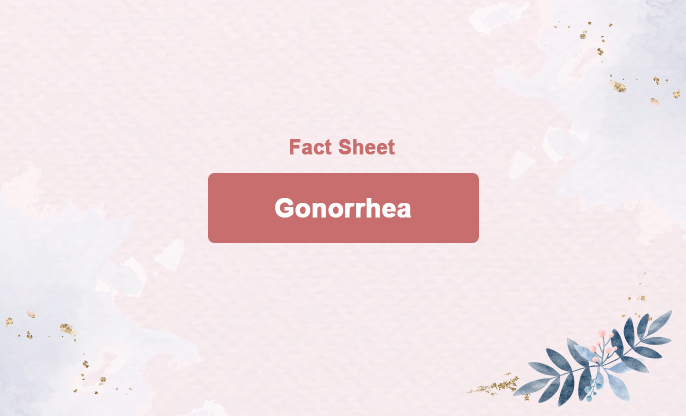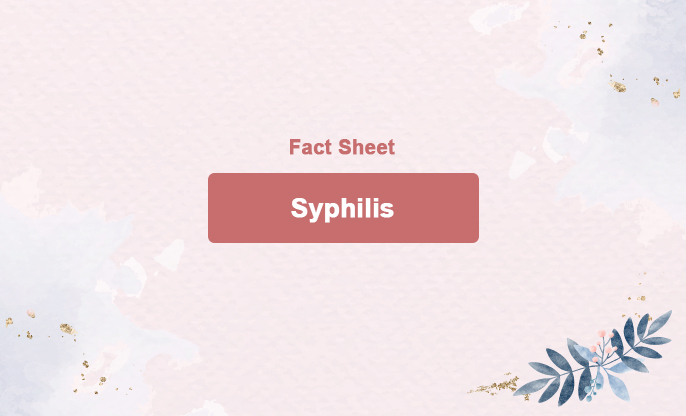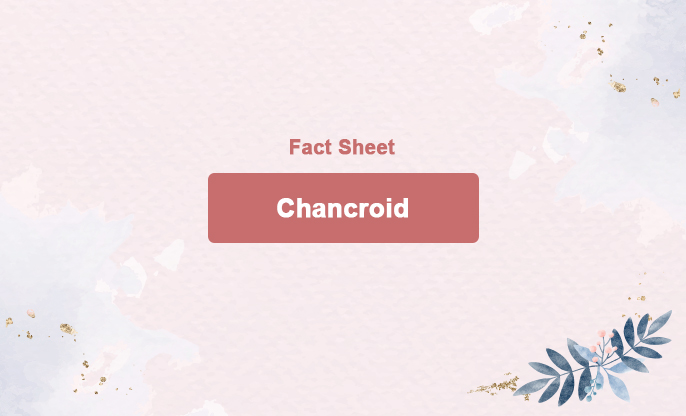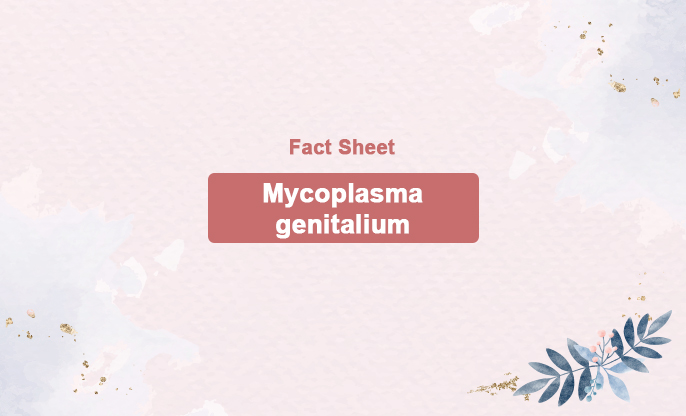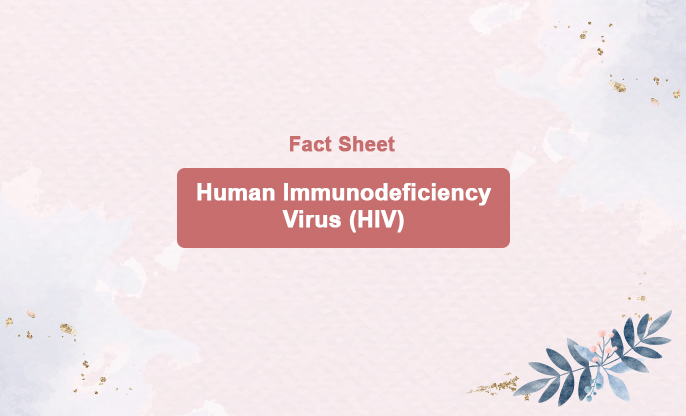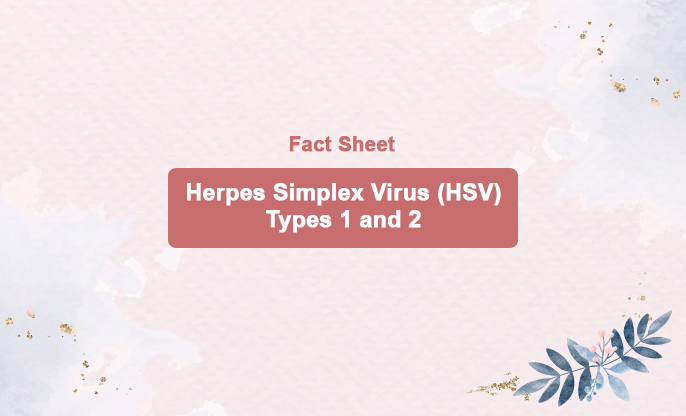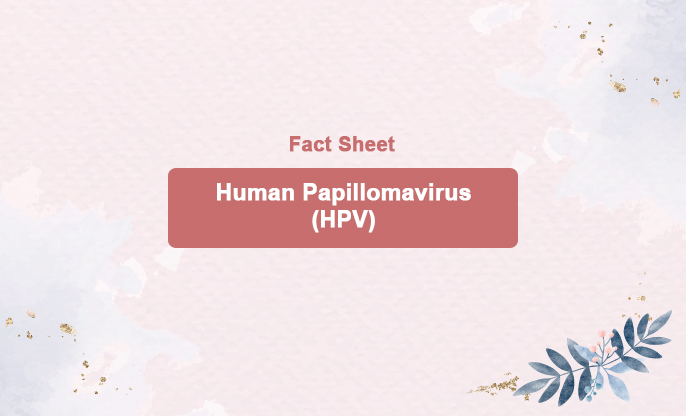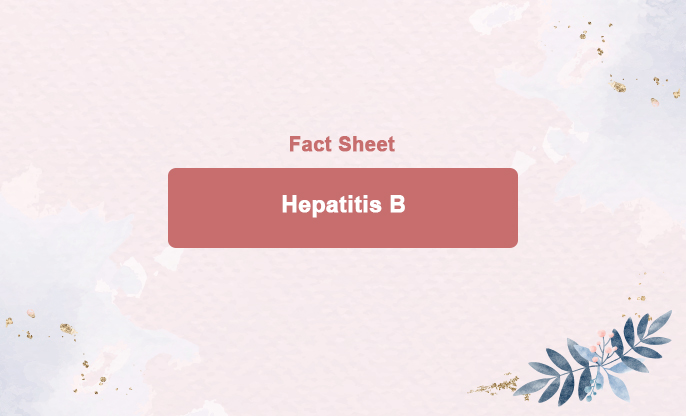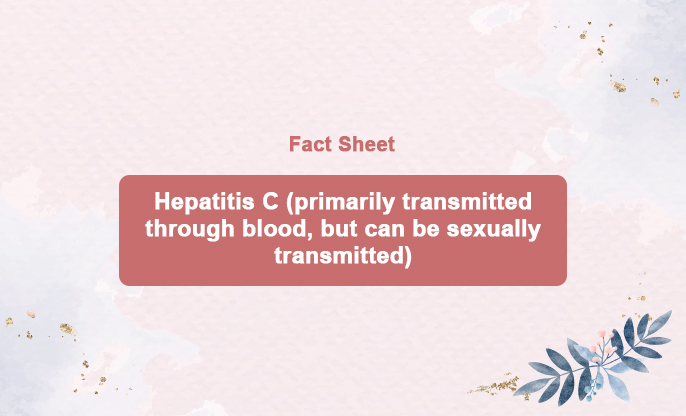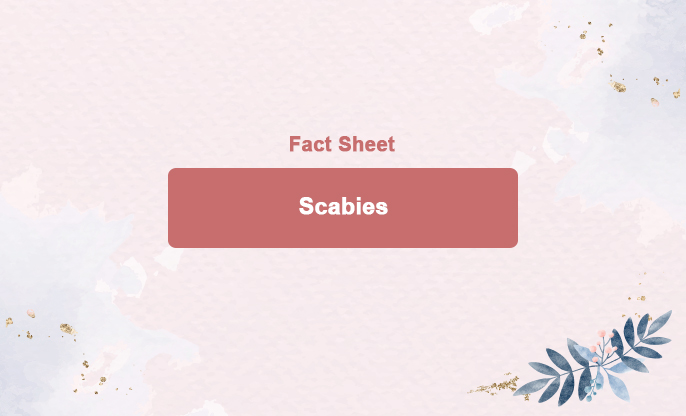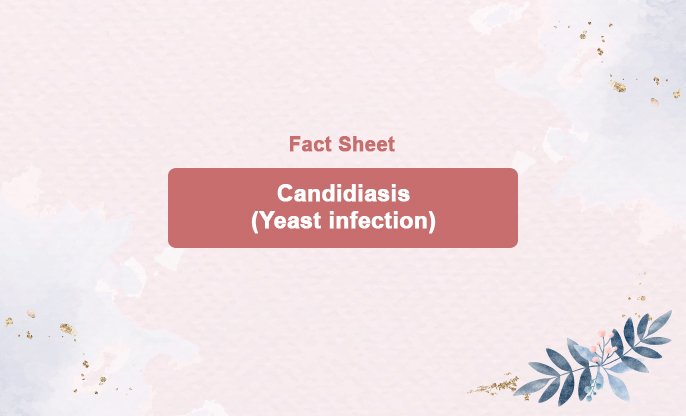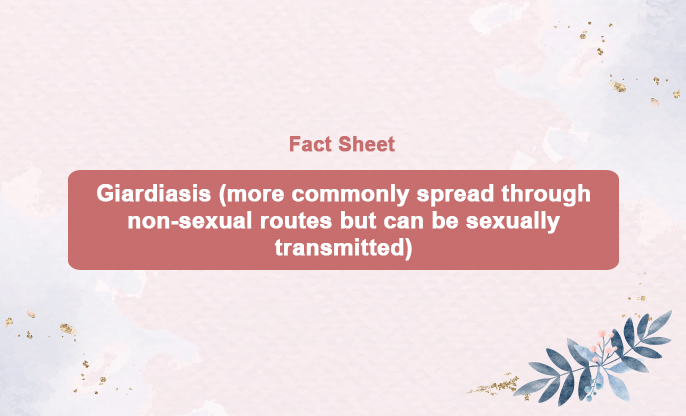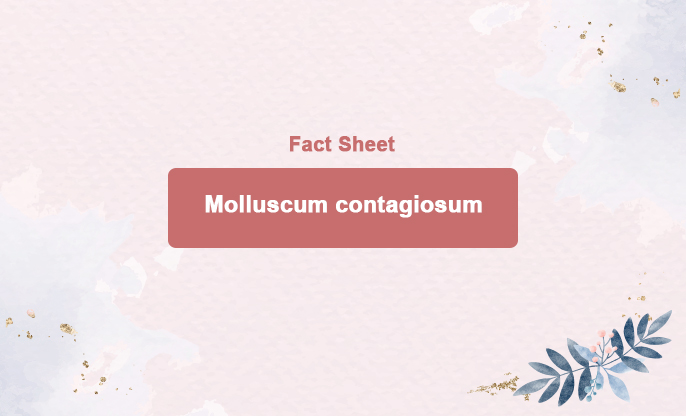
What is this?
Molluscum contagiosum, also known as water warts, is a benign skin condition. The lesions caused by molluscum contagiosum are called mollusca. These typical lesions are dome-shaped, round, and pinkish-purple in color.
Molluscum contagiosum is caused by a double-stranded DNA poxvirus known as the Molluscum contagiosum virus (MCV).
Molluscum contagiosum lesions are transmitted through direct skin-to-skin contact (including sexual contact) or indirect contact with contaminated items such as towels, underclothes, toys, razors, or tattoo supplies. The virus can also spread to normal skin through autoinoculation, which occurs when patients scrape or scratch the mollusca lesions.
Molluscum contagiosum is typically a harmless skin infection characterized by small, firm bumps on the skin. These bumps can appear anywhere on the body, but in children, they most commonly occur on the:
Torso
Armpits
Backs of the knees
Inner elbows
Groin area
Mollusca (the bumps) rarely appear on the palms or soles, but can develop in the moist tissue lining the inside of the eyelids.
How is it transmitted?
Molluscum contagiosum lesions are transmitted through direct skin-to-skin contact (including sexual contact) or indirect contact with contaminated items such as towels, underclothes, toys, razors, or tattoo supplies. The virus can also spread to normal skin through autoinoculation, which occurs when patients scrape or scratch the mollusca lesions.
Standard treatment protocol and time:
Molluscum contagiosum is a self-limiting condition, meaning it often resolves on its own without treatment. However, treatment may be sought to speed up resolution, reduce the risk of spreading the infection, or for cosmetic reasons. Common treatment options:
Physical Removal:
Cryotherapy: Freezing the lesions with liquid nitrogen.
Curettage: Scraping the lesions off with a sharp instrument.
Laser Therapy: Using a laser to destroy the lesions.
Topical Treatments:
Cantharidin: A blistering agent applied by a healthcare provider to cause the lesions to blister and fall off.
Podophyllotoxin: A plant-based cream that helps remove lesions.
Imiquimod: An immune response modifier that stimulates the body’s immune system to fight the virus.
Tretinoin: A topical retinoid used to irritate the skin and help remove lesions.
Oral Medications:
Cimetidine: An oral medication sometimes used in children because it is less painful than other treatments.
Home Remedies and Self-Care:
Hygiene: Maintaining good personal hygiene to prevent spreading the infection.
Avoid Scratching: Keeping the lesions covered to avoid scratching and autoinoculation.
Moisturizing: Using gentle moisturizers to keep the skin soft and reduce irritation.
Considerations:
Patience: In many cases, lesions resolve on their own within 6-12 months without any treatment.
Avoidance: Avoid sharing personal items like towels, razors, and clothing to prevent spreading the infection.
Consult a Healthcare Provider: Always consult a healthcare provider for a proper diagnosis and to discuss the best treatment options for individual cases.
How to avoid it?
Good Hygiene Practices: Regular handwashing and avoiding the sharing of personal items.
Safe Sex Practices: Using protection and avoiding sexual contact with an infected partner to reduce the risk of transmission.
Cover Lesions: Keeping lesions covered with clothing or bandages to prevent spread to others.

